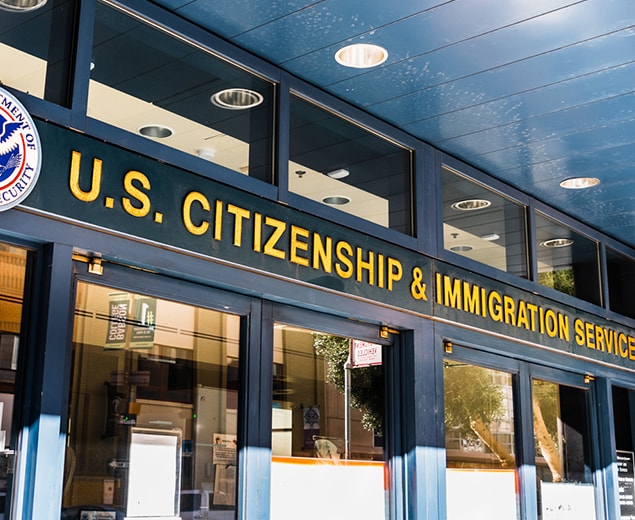The EB-5 Immigrant Investor Program, created by Congress in 1990, was designed to drive U.S. economic growth through job creation and foreign investment. Each year, 10,000 EB-5 immigrant visas are made available for qualified investors who contribute significant capital to new or troubled American enterprises.
To maintain program integrity, EB-5 background checks are mandated by the U.S. Citizenship and Immigration Services (USCIS). These screenings verify that each investor’s funds originate from lawful sources and that all parties meet the strict eligibility criteria set by federal immigration laws.
Comprehensive background checks for EB-5 participants include criminal and civil history searches, tax liens, bankruptcies, UCC search and UCC filing reviews, government exclusion list checks, credit and business credit reports, and more. Each component plays a crucial role in confirming lawful investment sources and preventing fraudulent activity.
Ultimately, these checks safeguard the EB-5 program’s reputation, ensuring compliance, transparency, and trust among investors, regional centers, and U.S. communities that depend on EB-5 funding to create jobs and stimulate growth.








